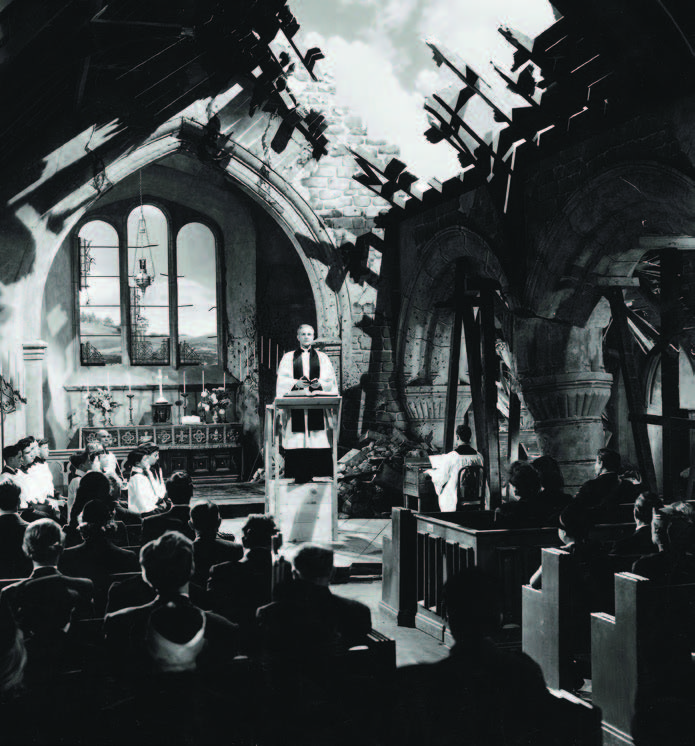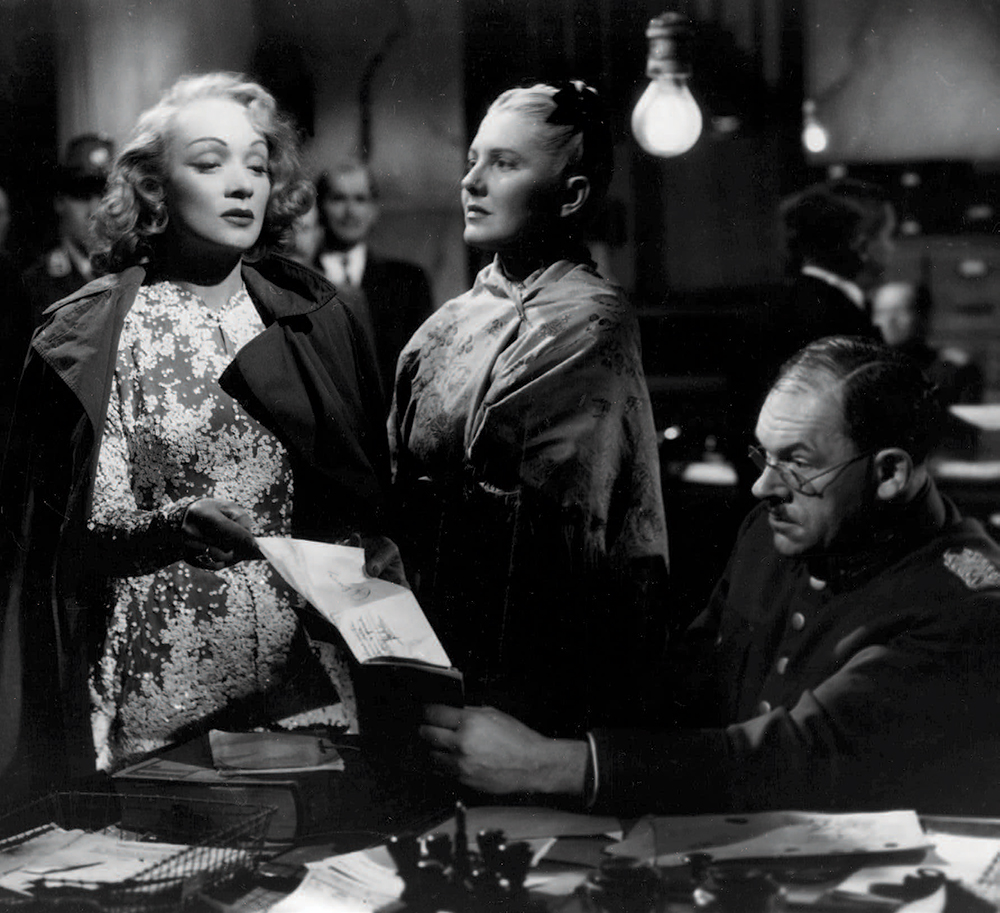75 Years Ago, Variety Covered Another Devastating Event: World War II
By Tim Gray
LOS ANGELES (Variety.com) – In the history of civilization, no one has ever been consoled by the thought “Other people have had it worse than you.”
In 2020, the pandemic has been devastating, with deaths, illness, unemployment and economic turmoil. But as we observe the 75th anniversaries of V-E and V-J Day, it’s worth remembering that people during World War II experienced all these things and more — including widespread destruction of buildings, homes and even towns.
Variety in 1942 carried a story about Nazis destroying the Czech town of Lidice. During the war years, Variety reported on wholesale devastation to numerous places including the Republic of Formosa (Taiwan today) and Aachen (aka Aix la Chapelle) to name a few. And while we now complain that we can’t go to movie theaters, at least these venues still exist; on April 4, 1945, Variety said that the 400 pre-war cinemas in Berlin had been reduced to 31, with the rest bombed out.
The film industry has frequently depicted military action in wartime, but there are also terrific movies showing the crises for civilians, such as Oscar-winner “Mrs. Miniver,” Steven Spielberg’s “Empire of the Sun,” Roberto Rossellini masterpiece “Rome, Open City” and Billy Wilder’s post-war “A Foreign Affair.”
In terms of destruction, nothing matches the bombings of Hiroshima and Nagasaki. On Jan 14, 1946, Variety reported on the first public screening of the U.S. Army’s 40-minute film “The Atomic Bomb Strikes,” which depicts the results. For another sobering reminder, check out the 1953 “Hiroshima” by Hideo Sekigawa.
Aside from destruction, there were plenty of hardships. For the entire war (1939-45) and even a decade afterward, Variety carried stories about housing shortages around the world, such as a 1952 report from Britain, in which the reporter wrote, “The housing shortage caused by war blitzing has forced families to double up, with two or more generations in one house.”
On Dec. 10, 1941, three days after the bombing of Pearl Harbor, Variety ran the headline: “Hollywood takes stock of itself; sure to lose much manpower to war.” The paper reported that all conversation at the studios “centers on war and what will be expected.” It was a foregone conclusion that the armed services would tap into all phases of entertainment. Considering the draft legislation’s age limit of 35 years old and under, “It is understood that up to 35% of studio manpower would come under the call to service. In extra ranks the toll would run as high as 50% of those registered with Central Casting and indie offices.”
There was also a tire shortage and gas rationing. In the Daily Variety on Dec. 8, 1942, Hollywood studios estimated their gas consumption had been reduced by one-third, out of necessity. Theater owners tried to get extra gas rations for “taggers,” i.e., drivers who carried film prints between cities. Also in 1942, Southern Attractions lamented that its 10 live-performance shows required 40 cars, but the temporary ban on tire sales was disastrous for its business.
Even more wide-ranging was the food rationing. In that same Dec. 8, 1942, issue was an article about a United Artists movie, “Meet John Bonniwell,” (aka “The Kansan”) which was filming on location in Kernville, Calif. There were 160 Hollywood people in town (which cost the production $5 per person each day, according to the story) and, like many others, the manager of the local Mountain Inn was having trouble finding enough food locally to feed them.
She drove 50 miles to Bakersfield and, even though the supplier had much of the food she wanted, she “became irate” when told she couldn’t have any of it. “Her burn did not subside when she was informed that the large consignment of butter and eggs was destined for consumption by internees at Manzanar.”
Of course, her inconvenience was small potatoes compared to the experiences of those Manzanar internees, who had their houses and belongings seized simply because they were of Japanese heritage. (After Pearl Harbor, James Wong Howe, the esteemed cinematographer of such movies as “The Thin Man,” wore a button that clarified his heritage, “I Am Chinese.”)
There were also shortages of multiple products such as copper, chemicals and print stock needed to make and process films. Army officials went to the studios “to commandeer all firearms used in pictures.” Western and action pictures in production were allowed to finish and then turn over the guns to the government; after that, studios used replicas of firearms.
And while the WWII generation knew they were sacrificing a lot, there was general awareness that this wasn’t new. During the Great Depression, the labor crisis was severe, reaching its peak in 1933, with nearly 25% of the workforce unemployed. A Variety story that year noted that in the past two years, 90,000 showbiz people had lost their jobs, and the annual payroll of the “major picture business” in the U.S. was estimated at $50 million, compared to $156 million two years ago.
And going back a few decades before that, Variety carried an un-bylined piece about a Universal film called “War in the Clouds.” That World War I-era film talked about “explosive death dropping from the skies, demoralized civilian populations, wholesale economic destruction and merciless war waged on non-combatants.”
In 1944, Will H. Hays — the first chairman of the Motion Picture Producers & Distributors of America, best-known for creating the Hays Code that dictated the type of conduct to be depicted in films — wrote a guest column looking forward to the end of the war. He talked about “appalling material destruction. But there has also been appalling cultural and spiritual destruction.”
He concluded: “When time heals the scars of conflict, not only homes and cities must rise again, but a way of life must also be restored. Having survived an age of destruction, the industry must be ready for an age of construction.”
It’s a thought worth remembering on V-J Day, V-E Day … or any day.




